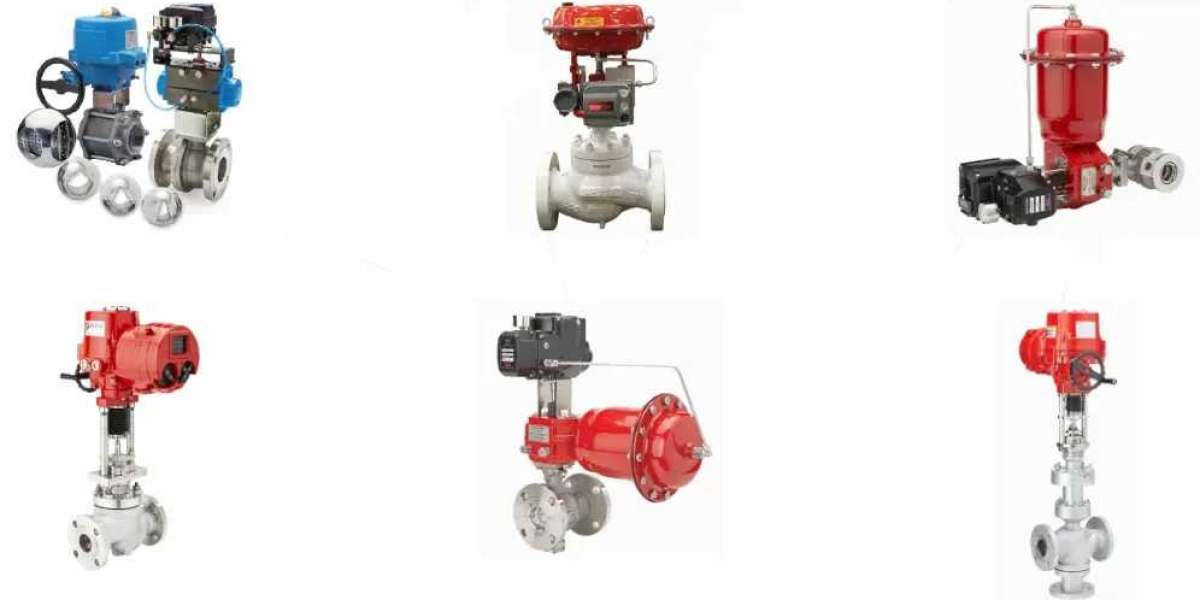Control valves play a vital role in industrial systems by precisely regulating fluid flow, pressure, and temperature. Proper handling, installation, and maintenance of these China Control Valves are essential to optimize performance, prevent failures, and extend their service life. This guide details important precautions for control valve usage and highlights key preventive maintenance practices to reduce operational risks and maximize efficiency.
Control Valve Installation and Usage Precautions
The installation process significantly impacts a control valve’s performance and durability. Following best practices during installation helps avoid operational problems, damage, and safety hazards.
1. Pre-Installation Cleaning
Before installation, thoroughly clean the pipeline to remove contaminants like dirt, rust, grease, or slag. Residual debris can damage valve seats or spools, causing improper sealing and reduced efficiency. After installing the valve, open it fully and flush the pipeline to remove any remaining particles. Also, test valve joints to ensure there are no leaks or slippage.
2. Ensure Maintenance Accessibility
Install control valves close to the floor or ground for easy access during maintenance or repairs. For valves with positioners or handwheels, position them so operators can conveniently observe, adjust, and manually operate the valve—especially important in systems requiring frequent intervention.
3. Correct Flow Direction Alignment
Confirm that the medium’s flow direction matches the arrow marked on the valve body. Installing the valve backward can cause performance issues, internal wear, or even failure.
4. Minimize External Stress
Control valves are exposed to forces such as thermal expansion, weight, and vibration, which can deform flanges or damage internal parts. To prevent this:
Use support frames to stabilize valves, especially in long pipelines or vibration-prone areas.
Avoid installing large-diameter valves at angles, which increases wear and packing leaks.
Implement vibration isolation in heavy machinery or turbulent environments.
5. Bypass Pipelines for Critical Applications
In critical systems, install bypass pipelines around control valves to maintain operation during valve maintenance or failure. This safety measure is essential in industries where downtime is costly or dangerous.
6. Manual Operation with Handwheels
Valves with handwheel mechanisms allow manual control and limit valve opening. During automatic operation, ensure the handwheel is in a neutral position to avoid interfering with automated controls.
7. Special Care for High-Temperature Valves
Valves exposed to high temperatures require regular lubrication of the packing section (every three months) to maintain elasticity and sealing. Neglecting this can cause packing failure and leaks.
Preventive Maintenance: Ensuring Control Valve Longevity
Routine preventive maintenance is key to reliable, long-term valve performance. Early detection of problems helps avoid costly repairs and downtime.
1. Closure (Leakage) Test
Verify valve sealing by closing the valve under full-flow conditions and checking for leaks at the valve seat. Any leakage indicates wear or damage requiring immediate repair or part replacement.
2. Stroke Test
Test the valve’s operability by activating it fully and observing its response to control signals (e.g., solenoid strokes). Ensure smooth, accurate movement. Frequent stroke testing is critical in harsh environments or systems with frequent cycling.
3. Inspect Auxiliary Piping Systems
Auxiliary piping impacts valve performance. Regularly check for:
Pipe wall corrosion, scaling, or cracks
Pressure damage or deformation at bends
Structural bending or suction marks
Secure, leak-free fittings and connections
A compromised auxiliary system can reduce valve efficiency and cause failures.
Common Control Valve Issues and Solutions
Despite precautions, control valves may encounter problems. Here are common issues and remedies:
Valve Sticking: Caused by debris buildup, corrosion, or poor lubrication. Clean internals, lubricate properly, and replace worn parts.
Excessive Vibration: Resulting from high flow velocity, incorrect installation, or lack of support. Add support frames or vibration isolation and check valve placement.
Packing Leakage: Due to degraded packing or insufficient maintenance. Replace packing and maintain lubrication, especially in high-temperature settings.
Inaccurate Valve Positioning: Caused by faulty positioners or calibration errors. Inspect and recalibrate positioners.
Benefits of a Preventive Maintenance Program
Implementing preventive maintenance for control valves offers:
Enhanced Safety: Minimizes leaks and malfunctions.
Cost Savings: Avoids emergency repairs and unplanned downtime.
Improved Efficiency: Maintains precise flow and pressure control.
Extended Valve Lifespan: Reduces wear and tear.
Regulatory Compliance: Ensures adherence to industry standards and safety requirements.
Conclusion
Control valves are critical components of industrial systems, and their proper installation, operation, and maintenance are essential to achieving optimal performance and safety. By following installation precautions and maintaining a structured preventive maintenance program, you can improve valve reliability, efficiency, and lifespan.
A proactive approach—including regular inspections, timely repairs, and adherence to best practices—helps minimize operational disruptions and supports the success of your industrial processes. With proper care, your control valves will continue to deliver consistent, dependable performance even in the most demanding environments.Know more about Google SEO Directory


